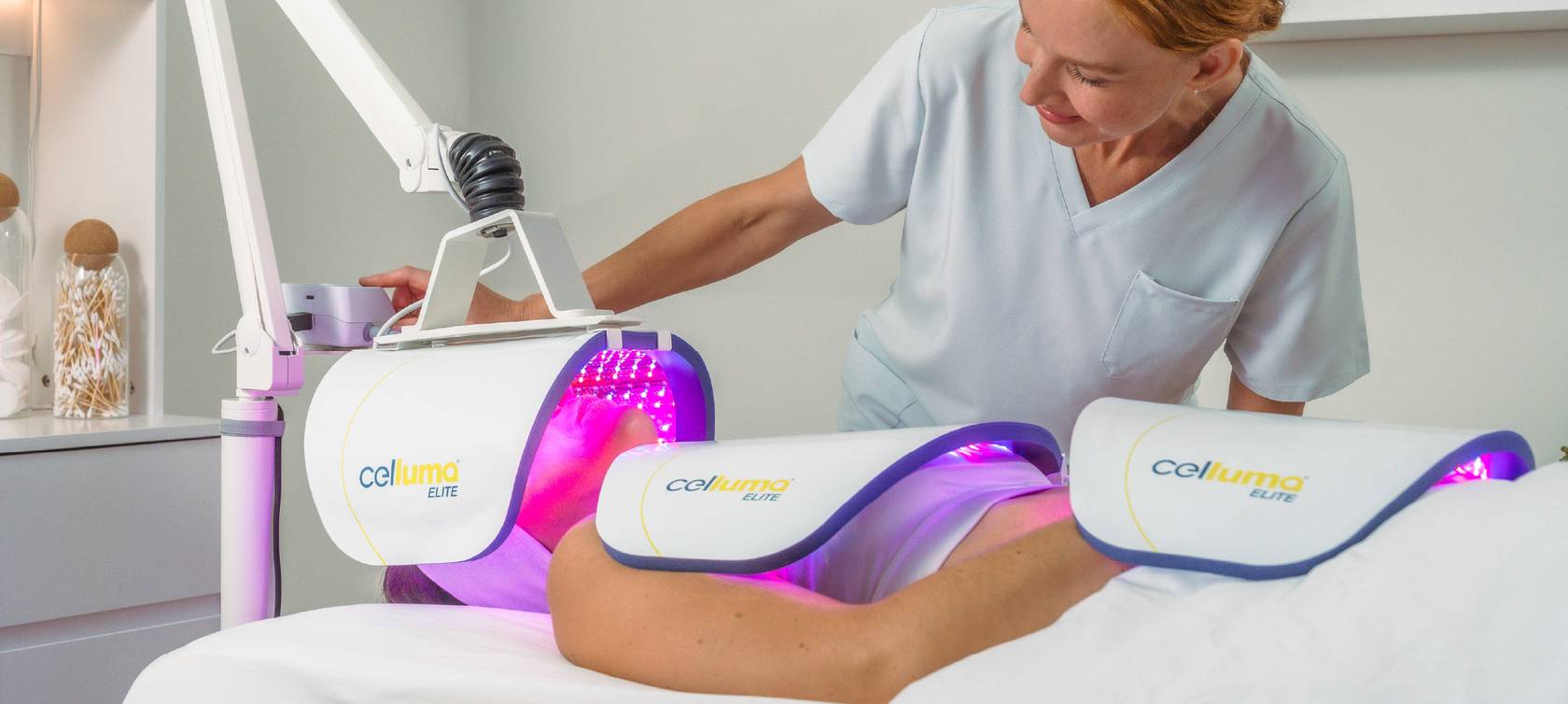Have you seen the labels “FDA Cleared” and “FDA Approved” and wondered, are they different? The short answer is yes. For a deeper dive into exactly how and why it matters—especially when it comes to LED light therapy devices—read on.
What is the FDA?
First, let’s start with some basics: FDA stands for the Food and Drug Administration This important agency within the U.S. Department of Health and Human Services protects public health by ensuring the safety and effectiveness of medical products and regulating the claims manufacturers make about them.
The FDA classifies medical devices into three categories—Class I, II, and III—based on their risk level and use. A device’s classification determines its review process.
FDA Medical Device Classification
- Class I devices pose minimal risk to the user and often don’t require premarket review. Examples include bandages and surgical masks.
- Class II devices carry a moderate risk and require premarket review to ensure they are substantially equivalent to a legally marketed device. Celluma products fall in this category, as do all regulated low-level light therapy devices.
- Class III devices pose a high risk to the user, such as implantable devices (e.g., heart stents), and require the most stringent review process.
FDA Cleared vs. FDA Approved: The Key Differences
The terms "FDA-Cleared" and "FDA-Approved" describe the outcomes of different FDA review processes:
FDA Cleared Definition
The term "FDA-Cleared" applies to most Class II medical devices. “Clearance” is a rigorous, regulated, and multi-stage 510(k) process in which the FDA reviews a device to determine if it’s substantially equivalent in safety and efficacy to another legally marketed device for specific uses. A device being “cleared” is not a reflection by the FDA on the efficacy of the device, only an indication of the comparative risk in use.
Celluma LED low-level light therapy devices are FDA Cleared for acne, aging skin and wrinkles, pain management, hair restoration, and body contouring, meaning we back our claims with evidence and clinical data.
FDA Approved Definition
FDA approval applies only to Class III medical devices, which pose the highest potential risk, and requires a more demanding premarket approval process (PMA). This includes stringent clinical trials and direct FDA testing. Light therapy devices and other non-invasive cosmetic tools don’t qualify and will never be “FDA‑approved” by the agency.
If a product marketing light therapy is labeled “FDA‑approved,” that’s a red flag for false advertising.
Why Label Accuracy Matters
If a product marketing light therapy or red light therapy is labeled “FDA‑approved,” that’s a red flag for false advertising. Only product classes requiring high-risk regulation undergo the approval process. For everything else—especially skincare and light devices—the correct term is FDA‑cleared. So, the next time you see “FDA‑approved” on a light therapy gadget, be skeptical—it’s either misleading or false.
Your FDA Pocket Guide For LED Light Therapy
| Label on Product | What It Really Means | Should You Trust It? |
|---|---|---|
| FDA‑Cleared | Data-backed, allowed to claim specific health benefits | ✅ Yes, genuine and trustworthy |
| FDA‑Approved | PMA for high-risk devices—inapplicable here | ❌ Likely false or misleading |
| No FDA mention | No clinical validation or regulatory vetting | ⚠️ Caution advised |
Knowledge Is Power
Understanding the difference between FDA Cleared and FDA Approved empowers you to make more informed decisions. For LED light therapy devices FDA‑cleared is the gold standard. It confirms that:
- The device underwent a rigorous review process
- Claims for safety and efficacy are backed by clinical data
- Manufacturers and suppliers are held to quality control standards
Celluma is proud to offer Class II FDA-Cleared medical devices that adhere to the highest regulatory standards. Learn more about Celluma's light therapy devices and how they can help you meet your personal wellness goals or benefit your professional practice.







